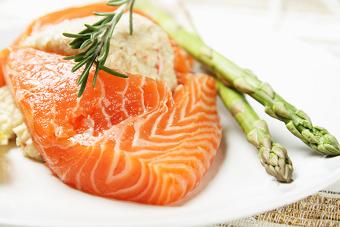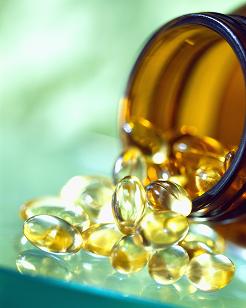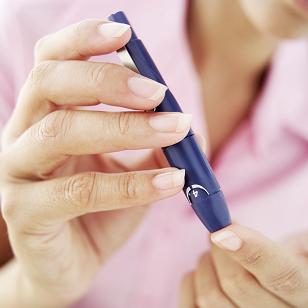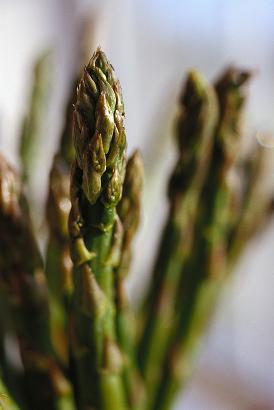 When you’re watching your weight, one of the first things you normally reduce or eliminate is alcohol. While drinking too much can cause weight gain and other issues, moderate consumption of alcohol is good for your heart. You don’t need to deprive yourself to keep your weight down and stay healthy—you just need to do a little planning.
When you’re watching your weight, one of the first things you normally reduce or eliminate is alcohol. While drinking too much can cause weight gain and other issues, moderate consumption of alcohol is good for your heart. You don’t need to deprive yourself to keep your weight down and stay healthy—you just need to do a little planning.
Often, small changes are all you need to make your favorite drinks healthier. For example, if you enjoy beer, you might like the new low-calorie and low-carb light beers. Most of the domestic beer makers have low-calorie options, such as Budweiser Select, Michelob Ultra, Miller Genuine Draft 64, and Aspen Edge. These beers vary in alcohol content.
If you prefer wine, lighter whites such as Chardonnay, Pinot Noir, and Chablis tend to be lower in calories than reds. White Zinfandel is also a good choice. Sweet dessert wines such as Port and Madeira contain high levels of sugar and alcohol and are high in calories.
The calories in mixed drinks and cocktails often come from the mixers you choose. While sweet liqueurs such as crème de menthe are high in calories by themselves, if you add high-calorie juices or cream, you can go from 100 calories to over 500 in no time. If you choose a drink that combines several types of alcohol, the calories will also climb.
The simpler the drink, the better. An average shot of 80-proof alcohol is around 100 calories before you add anything. Asking for diet soda pop, water, or diet tonic will help keep your calorie count down. Gin and tonic, rum and diet coke, and whiskey and water may not be very exciting, but their calorie counts are low. You could opt for shots of liqueur or flavored vodka, or order them on the rocks.
Some drinks have spawned their own low-calorie versions. For example, a skinny margarita leaves out the syrupy mix of the regular margarita. Ordering the regular-sized margarita instead of the fishbowl-sized margarita will help your weight stay where you want it. Some super-sized drinks can have 1,000 calories or more.
To reduce your consumption of alcohol and related calories, consider drinking a glass of water or simple mocktail between drinks, and skip the munchies at the bar. After a few drinks, your inhibitions are low, which also affects your resolve to watch yourself. If you know you’re going out one night, skip snacks or eat light during the day to save up calories for later. Eat before you go out so you aren’t tempted to eat high-calorie bar snacks.
For more information on health and wellness, Like us on Facebook.














